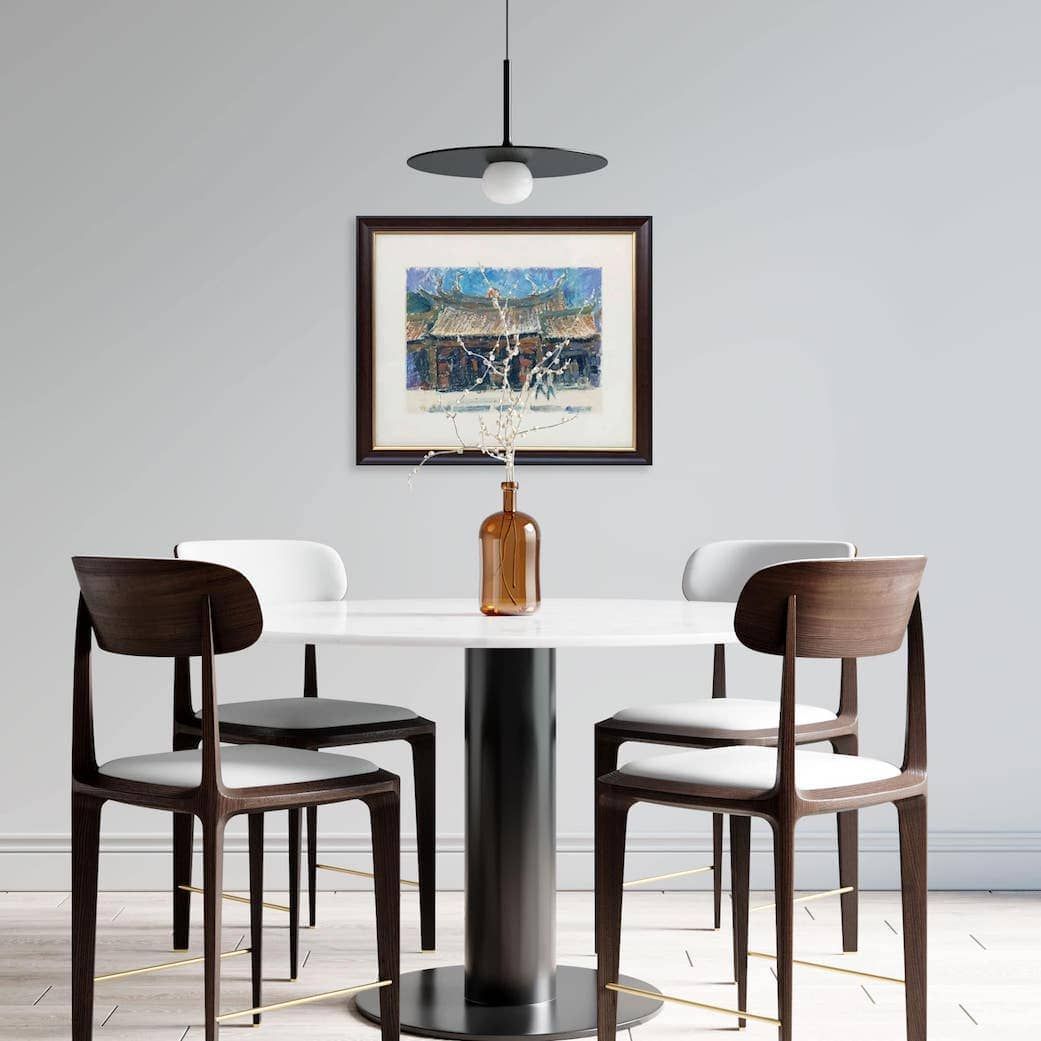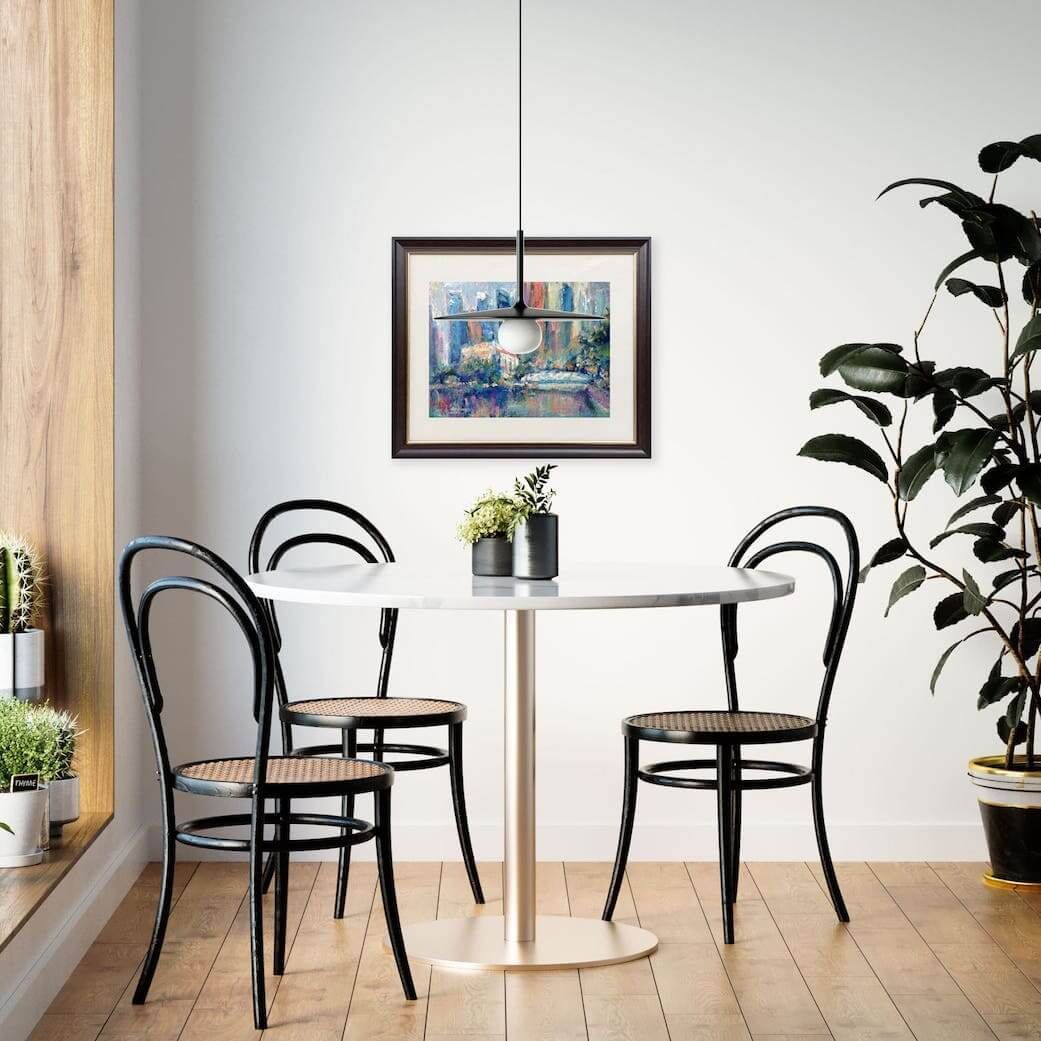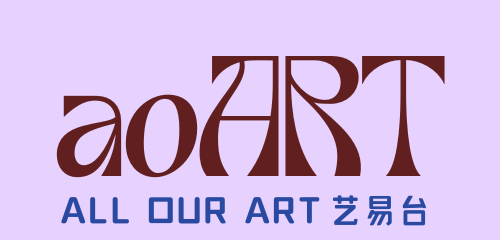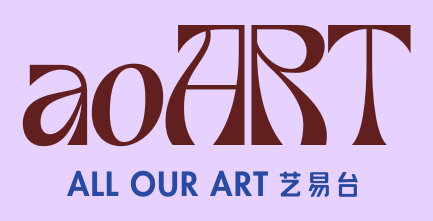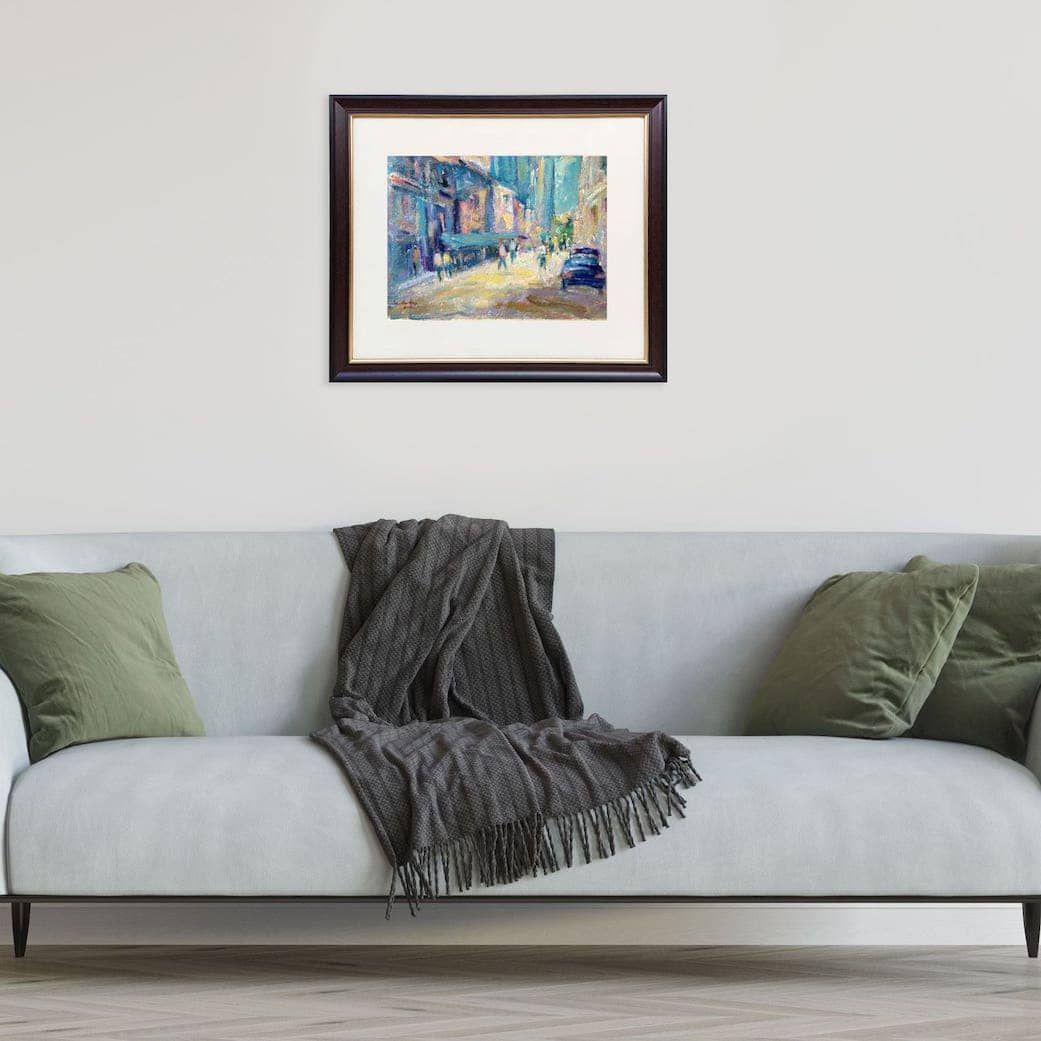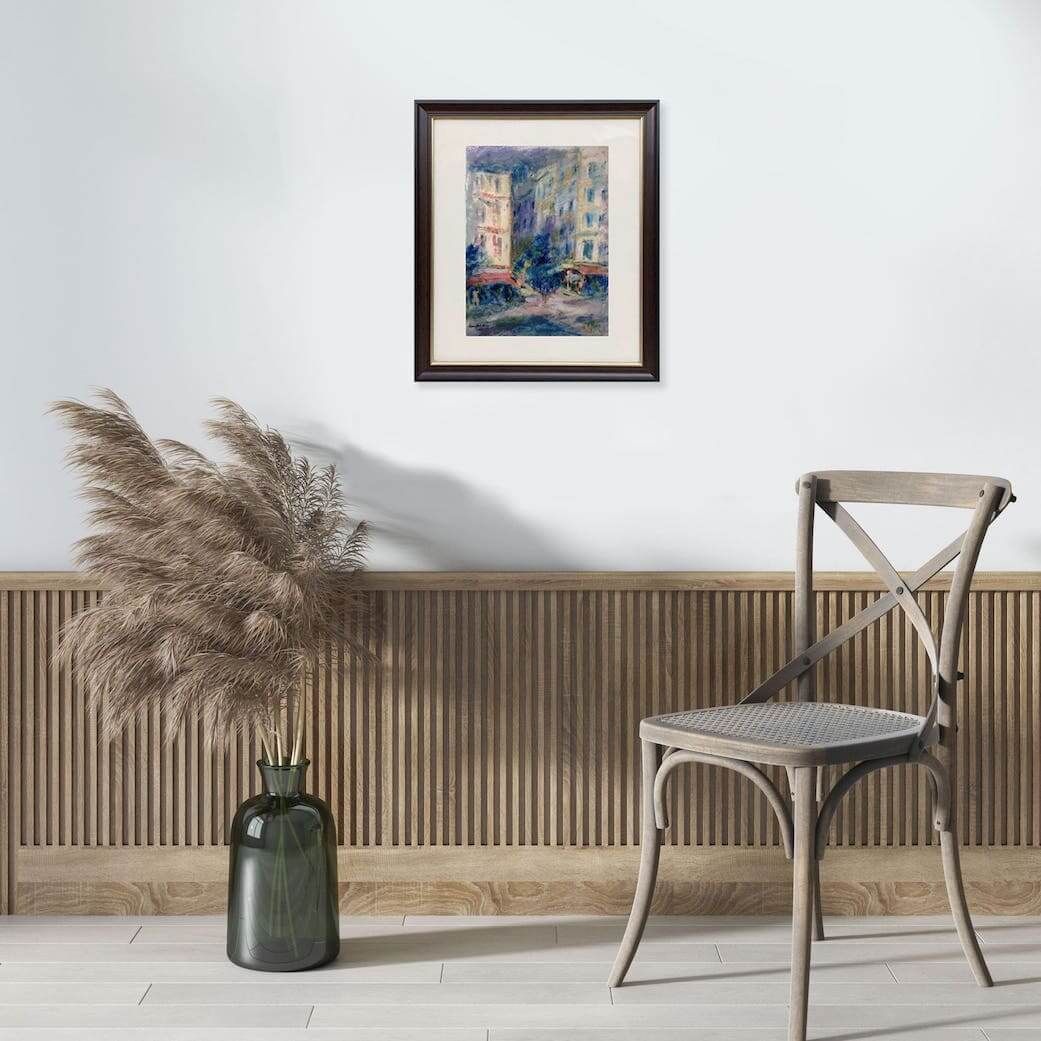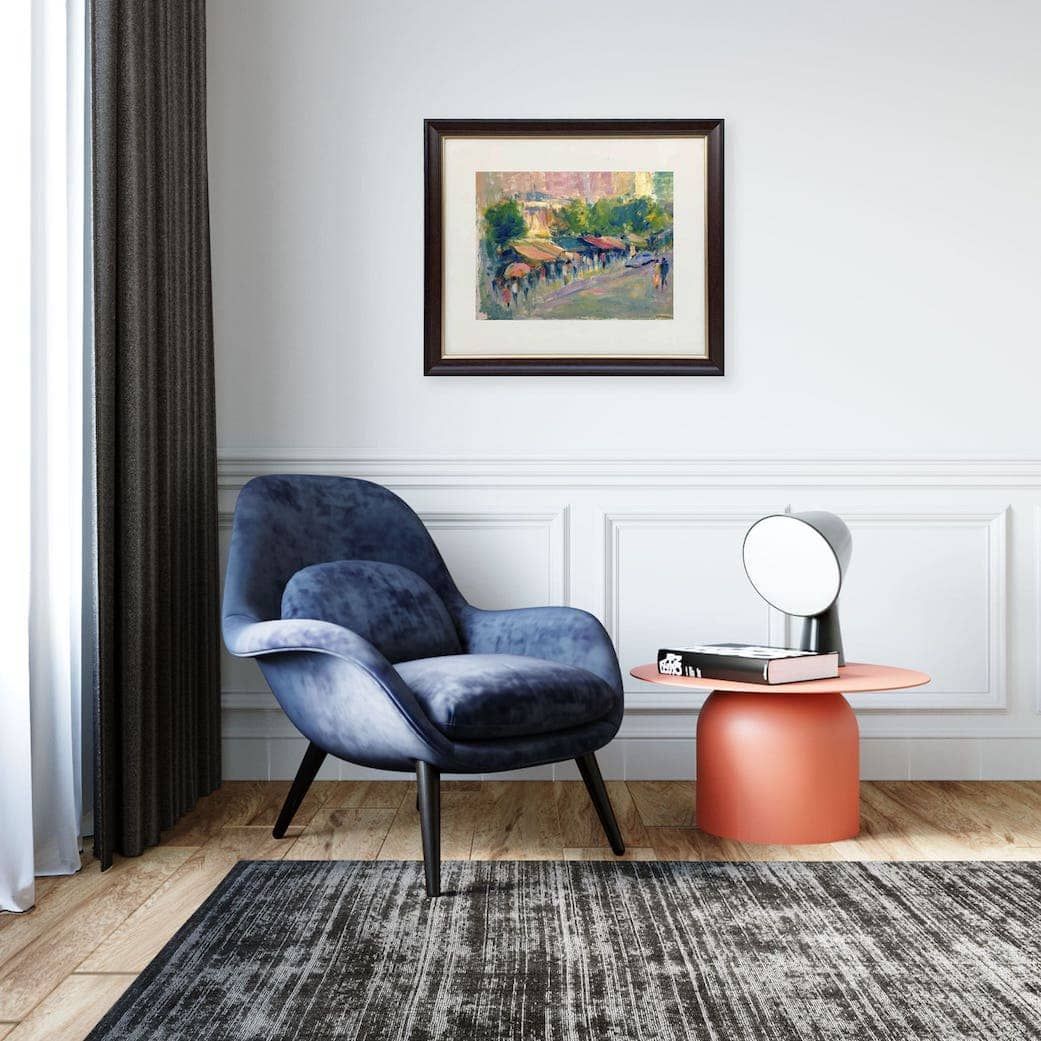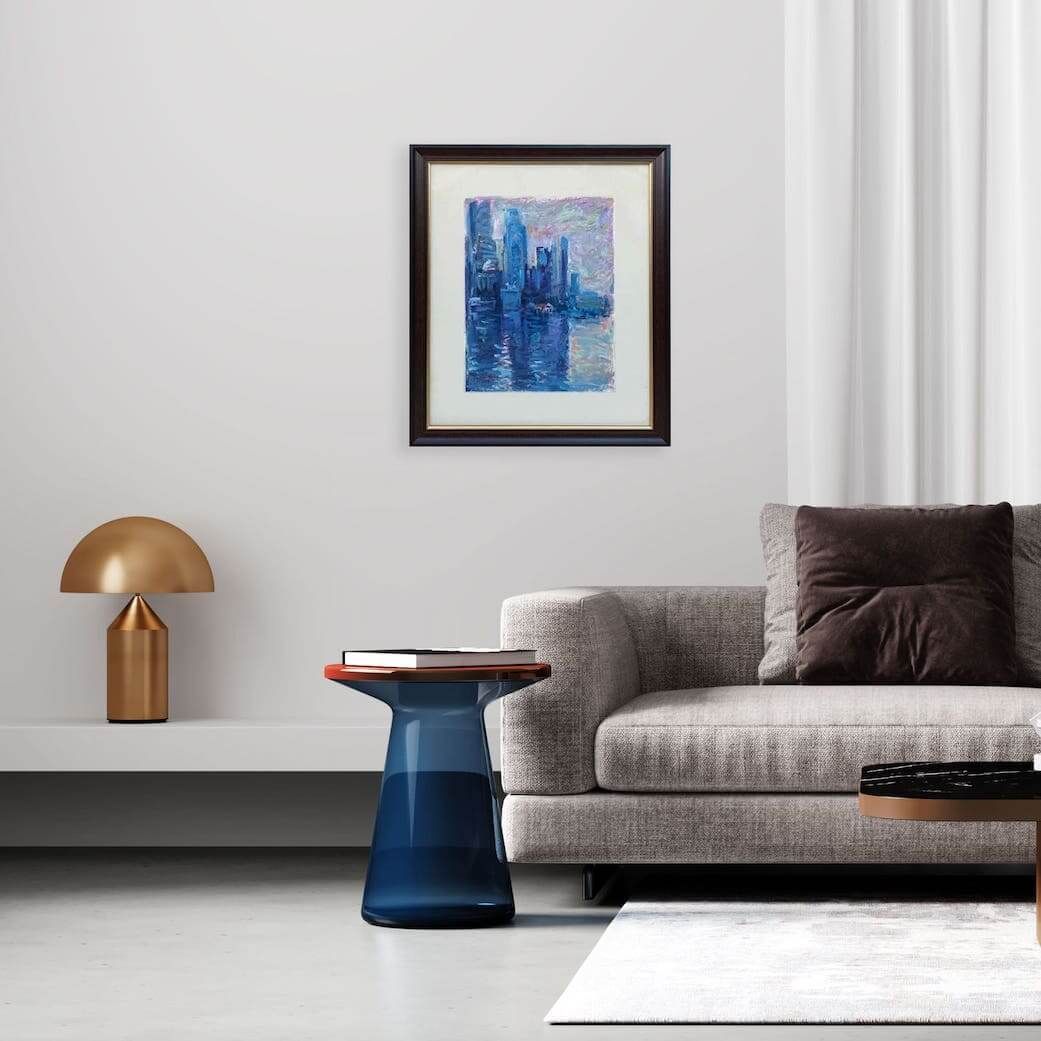What Are the Three Types of Balance in Art?
What Are the Three Types of Balance in Art?
Balance in art refers to the distribution of visual weight in a composition, ensuring no single part overpowers another, or that there is a deliberate imbalance for effect.
The three main types of balance are:
Symmetrical Balance
This is achieved when elements are equally distributed around a central axis, creating a sense of formality, stability, and calm.
Think of a mirror-like image; formal and structured.
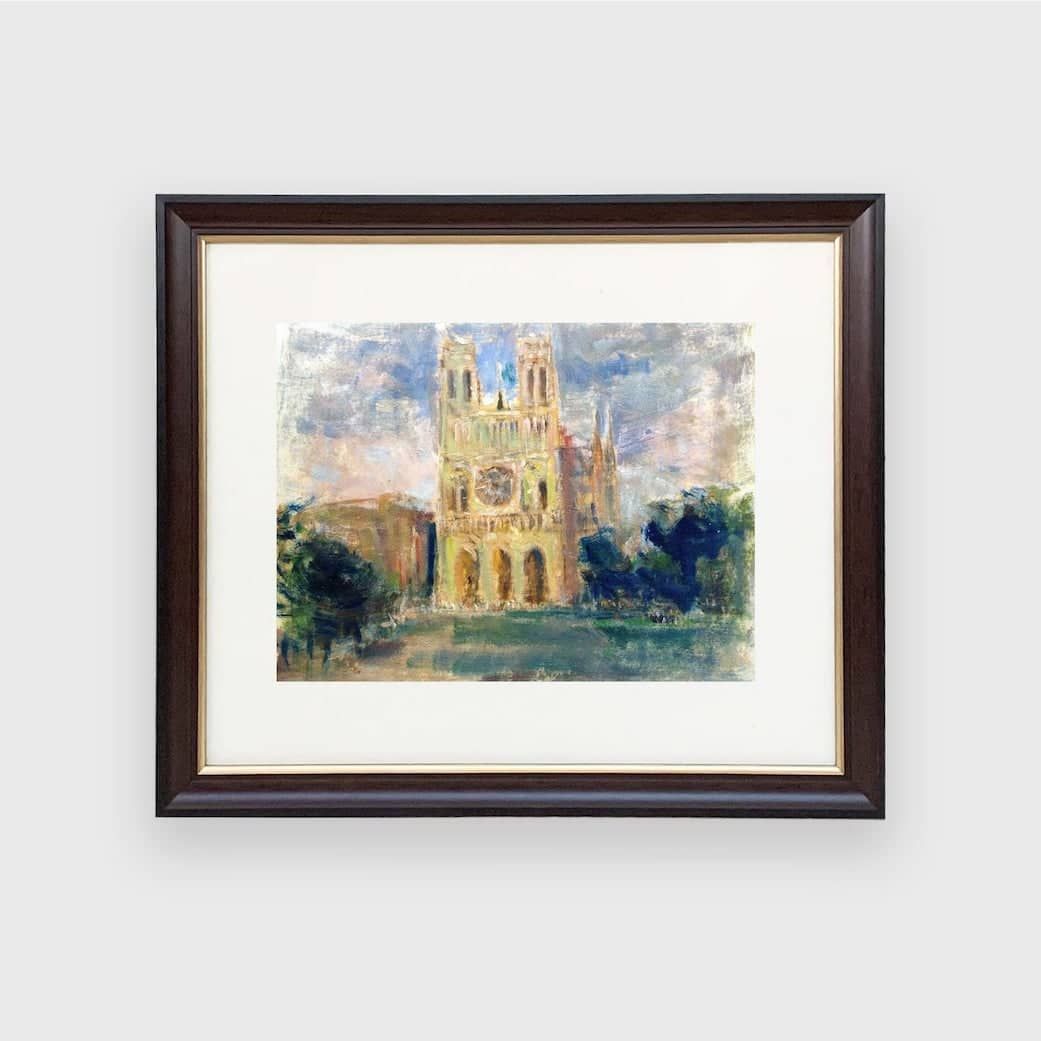
Asymmetrical Balance
This occurs when elements of different sizes, shapes, or values are arranged in a way that still achieves a visually stable composition without being identical on either side, often through contrast and visual weight.
It often feels more dynamic and natural.
Radial Balance
Elements radiate outwards from a central point, like a mandala, spokes on a wheel, or petals on a flower.
This creates a sense of movement and focus towards the centre.
Each type of balance brings a different feeling to a piece and can be used to support your intended message or mood.
Understanding it is crucial for compositional strength and creating harmonious art.




